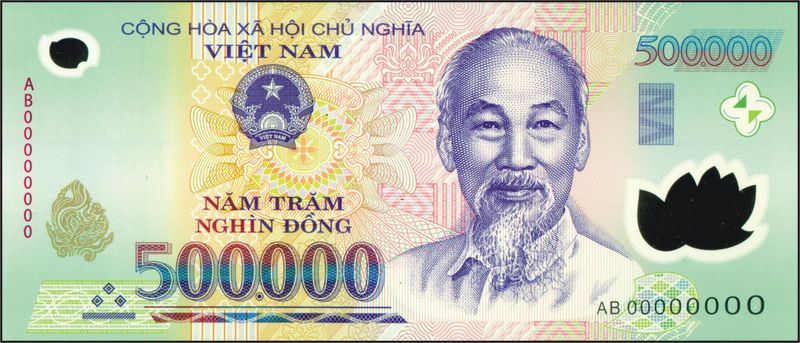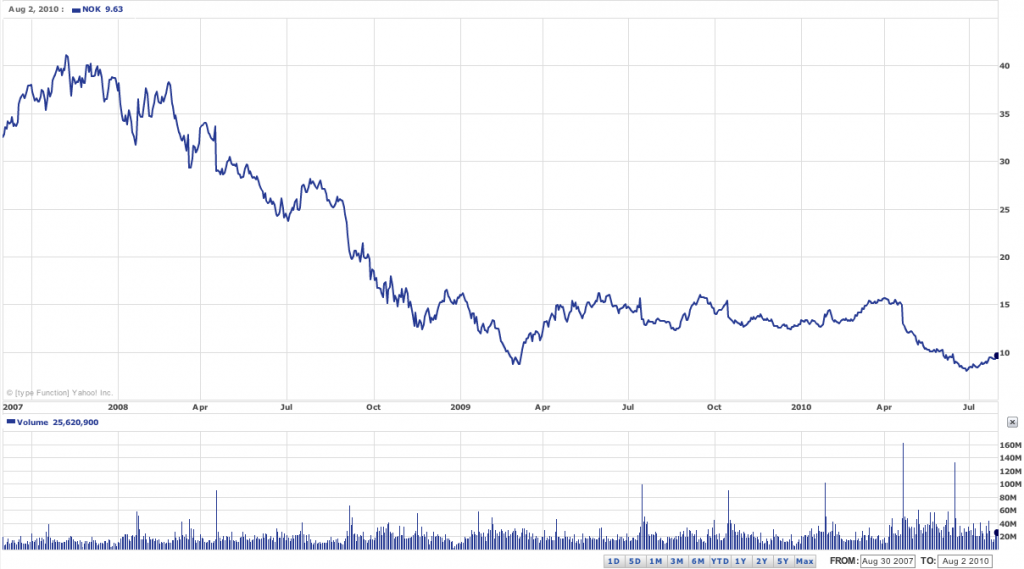Strong dollar, weak dollar, what does it mean?
It means the price of the dollar, as quoted in foreign currencies. (It doesn’t make a lot of sense to quote the dollar in terms of domestic currency. It’s always going to be worth $1.) There are 182 national currencies in circulation across the planet, but for this post we don’t need to concern ourselves with sparsely traded ones like the Botswanan pula or the Kyrgyz som (no offense to our readers in Gaborone or Bishkek. Control Your Cash is huge in Bishkek.)
Most of the world’s large cross-currency financial transactions are undertaken in just a handful of currencies: among them the euro, the pound sterling, the Japanese yen, the Canadian dollar, the Australian dollar, the New Zealand dollar… and the U.S. dollar. In the world financial markets, the U.S. dollar’s value is expressed relative to the prices of these other currencies. And around the world, that can be vital. One Control Your Cash author had the perspective of growing up in Canada, where the value of the Canadian dollar (quoted in U.S. cents) is at least as prominent a financial indicator as the Dow is in the U.S. Given that the U.S. dollar has historically been the most widely held stable (and most stable widely held) currency in the world, it makes sense that it’d be the one that other countries would choose to quote their currency in terms of. In many parts of the world not referred to above, three particular (foreign) currencies carry equal importance when measuring their relative strengths. In South Africa, for instance, the U.S. dollar, pound, and euro are quoted in terms of each other, making for 3 daily rate quotes (6 if you count each quoted in terms of South Africa’s own rand.)
We do this – quoting euros in dollars, or dollars in pounds, or pounds in euros – because there’s no pure, objective measure of wealth: no commodity whose value always stays the same with respect to everything else. There can’t be, as the economy is dynamic and accelerating. Millennia ago, it might have made sense to count, say, a suckling pig as a unit of currency. My hog is worth 4 of your sucklings. My horse is worth 20. My cow, maybe 8. Oh, wait, it’s a bull? Fine, you can have it for 3. When consumer electronics and decorative tiles and golf clubs don’t yet exist and therefore can’t be quoted in terms of suckling pigs, no problem. But the moment an economy advances even a little, you need something uniform and readily transferable to conduct business in. Even cigarettes work better than piglets, but that implies that your economy has already advanced to the point where cigarettes can be manufactured. Gold works to some extent, as we discussed here, but there are myriad reasons – mostly nationalism and conspicuity – why each nation insists on printing its own money.
If everything has a value – and if anything should, money should – it stands to reason that currencies can be traded for each other. And what makes a currency worth buying? Well, considering money isn’t edible, what makes it valuable is its potential for growth. It’s an investment, like anything else people trade in the financial markets.
If I buy ExxonMobil stock, I’m betting that the stock will increase in value – or in other words, that each dollar I’m buying the stock with will one day be worth less stock.
Yes! Breakthrough.
But currencies are different. If I buy pounds, doesn’t that mean I’m betting that my dollars will one day be worth fewer pounds?
Yes.
Does that make me a traitor to my country?
No, it makes you an investor. Indeed, currency transactions differ from most transactions in that when you deal in currency, you’re exchanging two abstract quantities whose only practical purpose – whose primary purpose – is ultimately to buy other things with. But if the currency you do business in (and if you’re American, that’s largely going to be U.S. dollars) is in danger of losing value relative to other currencies, there’s no point in waiting for it to happen while watching your dollars get weaker.
A “weak” dollar only means weak relative to other currencies. A currency can also lose value relative to itself over time (and almost always will), but that’s a different phenomenon – inflation, which can occur without respect to what’s happening in the rest of the world.
There are plenty of reasons why currencies fluctuate in value, a big one being interest rates. Let’s use the U.S. dollar and the pound as examples. The United Kingdom’s central bank*, the Bank of England, recently set its bank rate (the rate at which commercial and investment banks can borrow money from it) at ½%. Every few months the Federal Reserve sets the American equivalent, the federal funds rate. Instead of a number, it’s a range, which is currently 0–¼%. (The more a bank borrows, the lower the rate it pays.) The effective federal funds rate, which is a weighted average of the money borrowed by banks, is .11%.
The U.K. rate is unequivocally higher, and not by a little. Which means that ever since those rates were set, the pound has promised higher returns than the dollar. Which makes the pound more desirable than the dollar, which is why the pound is worth more dollars now than it was a few months ago.
(The Bank of Japan’s rate is .1%. The European Central Bank’s is ¼%**, as is the Bank of Canada’s.) We’re not recommending currency investing, nor discouraging it. We’re just trying to explain how it works, which is better than you understanding it retroactively.
In the last 10 months, the pound has gained 20% on the dollar. Does that mean the entire American economy is weak relative to the Brits’? No. If your U.S.-based business buys a lot of British materials (labor, capital, whatever), it’s gotten more expensive to operate, because your business is taking in money in dollars and paying it out in pounds. If your U.S.-based business exports a lot to the U.K., then life is magical. You might not have noticed a thing regarding the price of what your company sells, or what it costs to make it, but from the perspective of a British consumer, your products got cheaper (in pounds.) Which is a big advantage over any British competitors of yours.
There are other criteria that determine currencies’ relative strengths, of course. A country with a lot of debt relative to its size (e.g. Venezuela) might have a crazy person in charge (which it does.) That crazy person (Hugo Chavez) can keep printing currency to settle the country’s debts, making the currency worthless and vaporizing the wealth of all the Venezuelans who earn and save money in that currency. But a country with a vibrant economy, little debt, and lots of imports relative to its size (e.g. Singapore) will usually have a stable currency. Singapore has to buy goods from other countries in order to survive, which means Singapore has a vested interest in keeping its currency worth something. It doesn’t have a lot of financial obligations, so there’s no incentive to weaken its currency by inflation.
Where do we fit on this scale? The United States has a tremendously vibrant economy, at least relative to the rest of the world, regardless of what’s been happening the last 18 months. The U.S. also has a lot of debt. However, we import a lot in absolute terms (although in relative terms, it’s nothing compared to Singapore. Plus we export a lot, too.) And while our chief executive isn’t crazy, it’s not a stretch to call him an opportunist who’d think nothing of ordering the Federal Reserve to help accomplish certain political goals that might not be economically sound.
Where to find currency rates? Yahoo! Finance is our favorite all-purpose financial site: it’s clean, comprehensive and easy to navigate. Scroll down to “Currency Investing” on the left column and have at it.
*You do a blog post, and then you realize halfway through that you might introduce an unfamiliar term. A country’s central bank – most every country of decent size has one – isn’t a bank in the sense that it has branches you walk into and make deposits in. A central bank exists to lend a country’s government its currency. The central bank actually creates the money the government borrows, which is why the dollar bills in your pocket carry the phrase “Federal Reserve Note”.
**You can choose between decimals and vulgar fractions on your own blog. We’re using both.





